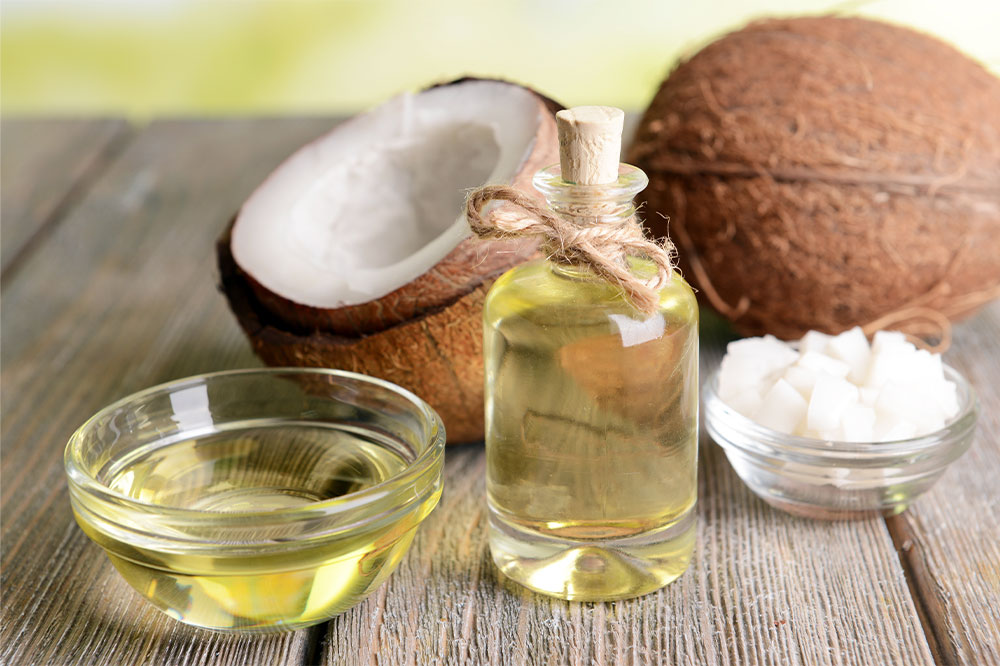Eczema – 3 methods to manage its symptoms

Eczema has many different stages and types. Unfortunately, about 10.1 percent of people in the country have some or the other form of this condition. Such a disease is a combination of conditions that make the skin irritated or inflamed. With proper treatment, one can manage symptoms. Red, dry, cracked, and leathery skin are the common eczema signs. Here are three useful methods that help deal with eczema and manage its symptoms:
Getting the right treatment options
Here are some treatments associated with eczema.
Dupixent
Dupixent is prescribed for children six or older and adults; for those who cannot control symptoms with other treatment measures, alternate treatments are not recommended. This monoclonal antibody works on a targeted area in the immune system. Dupixent comes in pre-filled single-dose pens and syringes, given as a subcutaneous injection. One can find this treatment option in two strengths: 300-mg/2-mL and 200 mg/1.14-mL solutions.
Cibinqo
This once-daily oral treatment helps manage symptoms for adults who have not seen relief with prevailing treatment options. Cibinqo is an FDA-approved treatment for adults with moderate to severe atopic dermatitis. Doses that can be taken are either 100 or 200 mg. Alternately, a 50 mg dosage is for patients with moderate renal impairment.







